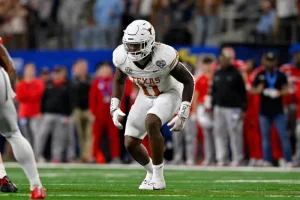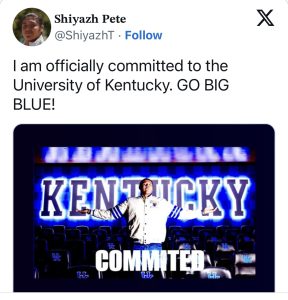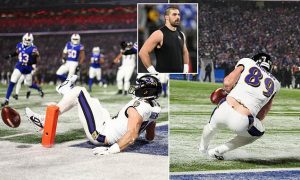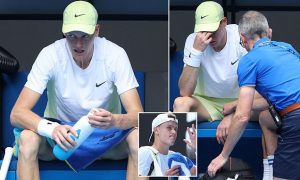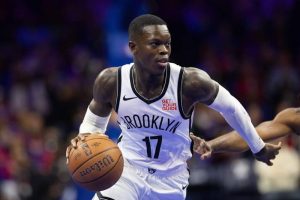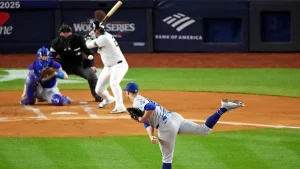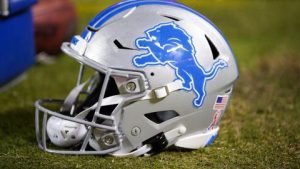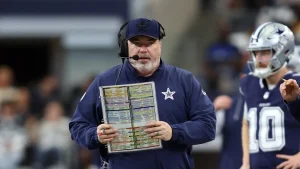The MLB offseason is often a time of speculation, blockbuster trades, and franchise-altering decisions. Among the many rumors making waves, one particularly intriguing possibility has emerged: the Boston Red Sox potentially being involved in a trade scenario surrounding Nolan Arenado, the superstar third baseman of the St. Louis Cardinals. Arenado, a perennial All-Star and defensive wizard, would undoubtedly be a game-changer for the Red Sox lineup. However, what makes this scenario even more compelling is the potential for Boston to address another pressing need—landing an elite closer as part of the deal.
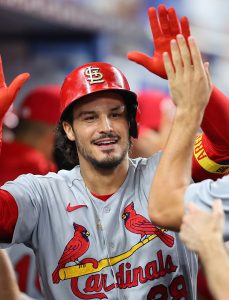
While the Red Sox have been looking to upgrade their offensive and defensive capabilities at third base, their bullpen remains a critical area of concern. The idea of pairing Arenado’s consistent production with the addition of a top-tier closer could make this trade one of the most impactful moves in franchise history. Here’s how and why such a deal could come together.
The Red Sox Need for a Star Third Baseman
The Red Sox have struggled to fill the void left at third base since the departure of Rafael Devers to designated hitter duties and the inconsistency of other players in the position. Nolan Arenado would solve that problem instantly. Known for his elite glove work, Arenado has won ten consecutive Gold Gloves and is widely regarded as one of the best defensive players in MLB history. His bat is equally impressive—over the course of his career, he’s consistently hit for power, averaging over 30 home runs and 100 RBIs per season.
For Boston, adding Arenado would bring stability to the hot corner and significantly boost their offensive production. Beyond his numbers, Arenado’s leadership and winning mentality could provide a spark to a Red Sox team looking to return to postseason contention. However, Arenado’s presence alone may not be enough to make Boston a true contender, especially given their ongoing struggles in the bullpen.
The Red Sox Bullpen Woes
Over the past few seasons, the Red Sox bullpen has been a glaring weakness. While there have been flashes of brilliance from individual relievers, the team has lacked a true shutdown closer who can anchor the relief corps. In the modern game, having an elite closer is often the difference between making the playoffs and watching from home.
Blown saves, inconsistent late-inning performances, and a lack of depth have plagued Boston. In 2024, the team ranked near the bottom of the league in save percentage, and the lack of a reliable closer frequently put additional pressure on the starting rotation. If the Red Sox are serious about contending in 2025 and beyond, acquiring a dominant closer must be a top priority.
Why the Cardinals Are in Sell Mode
To understand how the Arenado trade could also bring an elite closer to Boston, it’s important to consider the Cardinals’ situation. St. Louis entered the 2024 season with high expectations but fell well short of contention, finishing near the bottom of the NL Central. The disappointing season has forced the Cardinals to reevaluate their roster and consider a rebuild or significant retooling.
Arenado, despite his immense talent, is one of the Cardinals’ most valuable trade chips. His contract, which runs through 2027 and includes an average annual value of $32.5 million, is a significant financial commitment for a team looking to reset. Moving Arenado would free up payroll and allow St. Louis to acquire young, controllable talent to build for the future.
Additionally, the Cardinals possess a surplus of bullpen arms, including some highly regarded relievers who could be part of a trade package. If St. Louis is willing to part with an elite closer as part of the Arenado deal, it could sweeten the pot for Boston and make the trade mutually beneficial.
Potential Trade Framework
A trade involving Nolan Arenado and an elite closer would undoubtedly be complex, requiring careful negotiation and multiple moving parts. Here’s a potential framework for how such a deal could come together:
- Red Sox Receive:
- Nolan Arenado (3B)
- Ryan Helsley (RHP, Closer)
- Cardinals Receive:
- Top Red Sox prospect (e.g., Marcelo Mayer or Ceddanne Rafaela)
- MLB-ready pitcher (e.g., Tanner Houck or Brayan Bello)
- Additional lower-level prospects
Ryan Helsley, the Cardinals’ All-Star closer, would be a logical fit for Boston. Helsley has emerged as one of the best relievers in baseball, combining a high-90s fastball with a devastating breaking ball. In 2024, Helsley posted a sub-2.00 ERA and consistently dominated in high-leverage situations. Adding him to the Red Sox bullpen would provide the stability and reliability that the team has sorely lacked.
For the Cardinals, this trade would bring a mix of high-upside prospects and MLB-ready talent, helping them address multiple areas of need while also shedding Arenado’s significant contract.
Why This Trade Makes Sense for the Red Sox
From Boston’s perspective, this trade accomplishes two critical goals: addressing the need for a franchise third baseman and solidifying the bullpen. Arenado’s impact on the field is undeniable, but the addition of Helsley would be equally transformative. With Helsley anchoring the ninth inning, the Red Sox could deploy their other relievers more effectively, creating a stronger and deeper bullpen overall.
This trade also aligns with Boston’s broader strategy of remaining competitive while building for the future. By acquiring Arenado and Helsley, the Red Sox would signal to their fans and the league that they are serious about contending in 2025.
Challenges and Risks
While the potential benefits of this trade are significant, there are also challenges and risks to consider.
- Financial Implications:
Arenado’s contract is substantial, and while the Red Sox have the financial resources to absorb it, they would need to be confident in his ability to perform at a high level for the duration of the deal. - Prospect Cost:
Trading top prospects like Marcelo Mayer or Ceddanne Rafaela could come back to haunt Boston if those players develop into stars. The front office would need to carefully evaluate whether the immediate gains outweigh the potential long-term losses. - Arenado’s No-Trade Clause:
Arenado has a full no-trade clause, meaning he would need to approve any deal. While Boston is an attractive destination, Arenado’s willingness to waive the clause could be a sticking point.
The Bigger Picture
The potential trade for Nolan Arenado and an elite closer like Ryan Helsley represents a rare opportunity for the Red Sox to address multiple areas of need in a single move. While the cost would be high, the rewards could be transformative, positioning Boston as a legitimate contender in the American League.
For the Cardinals, moving Arenado and Helsley would mark a shift toward rebuilding, but the return of young talent could accelerate their path back to contention. This trade would ultimately benefit both teams, reflecting the kind of bold decision-making that often defines successful franchises.
As the offseason progresses, Red Sox fans will be watching closely to see whether their team makes the leap from retooling to contending. A blockbuster trade for Arenado and an elite closer could be just the catalyst they need to return to prominence in the highly competitive AL East.
